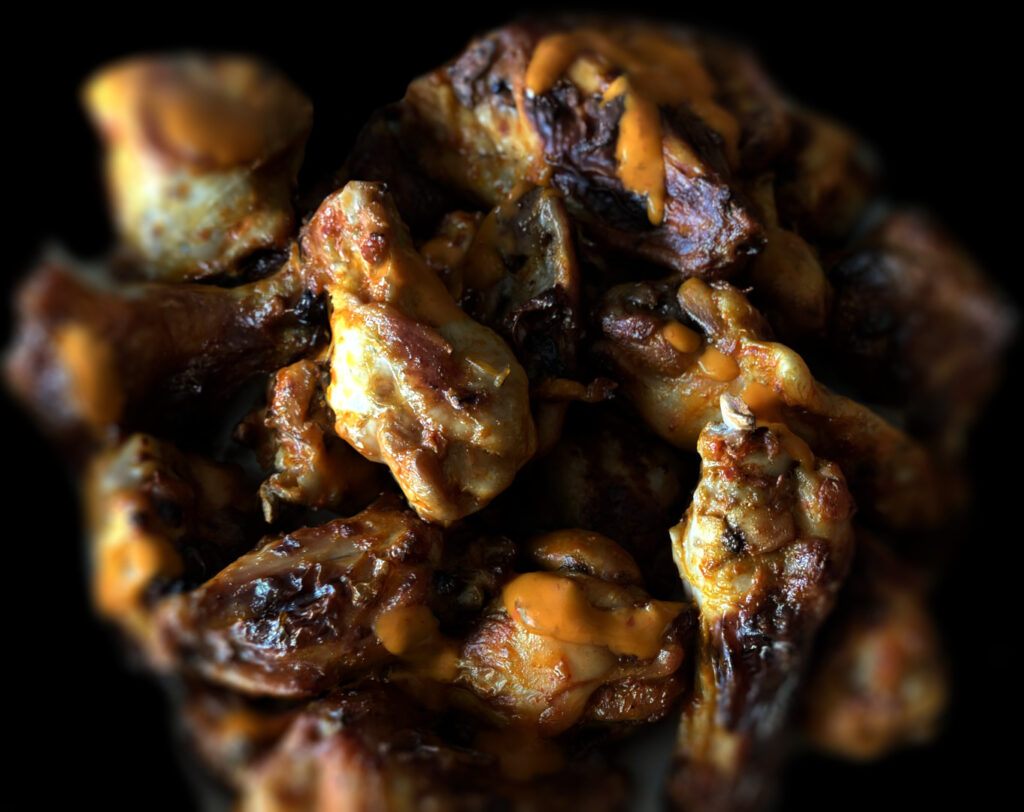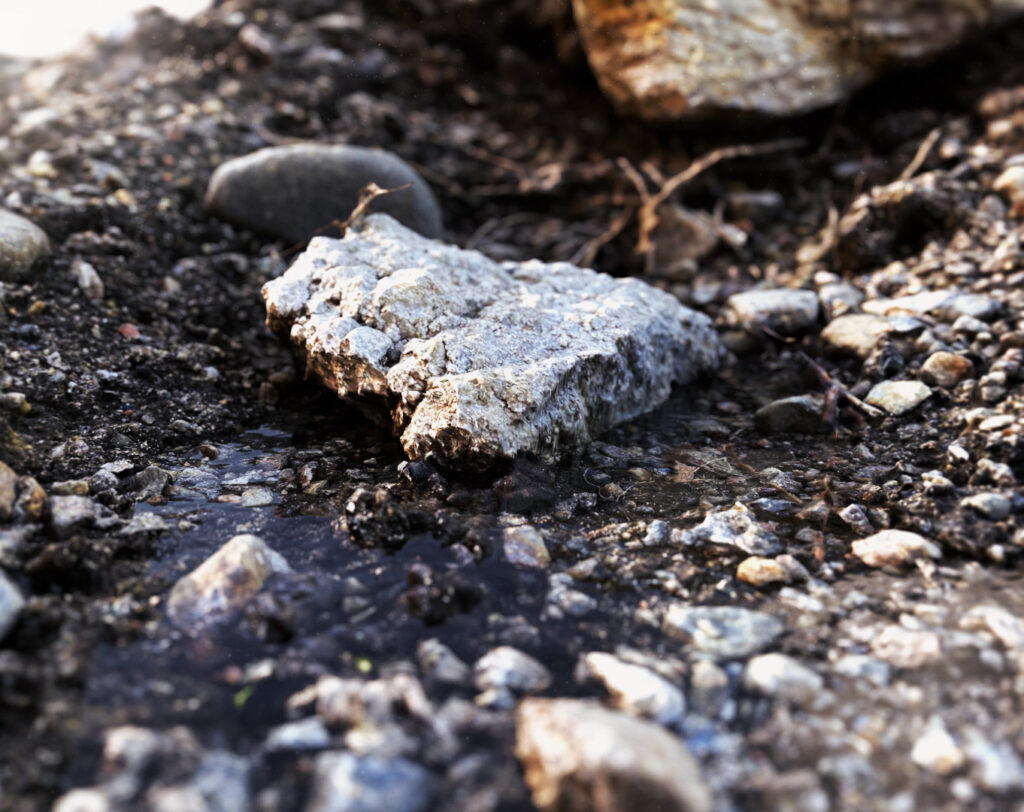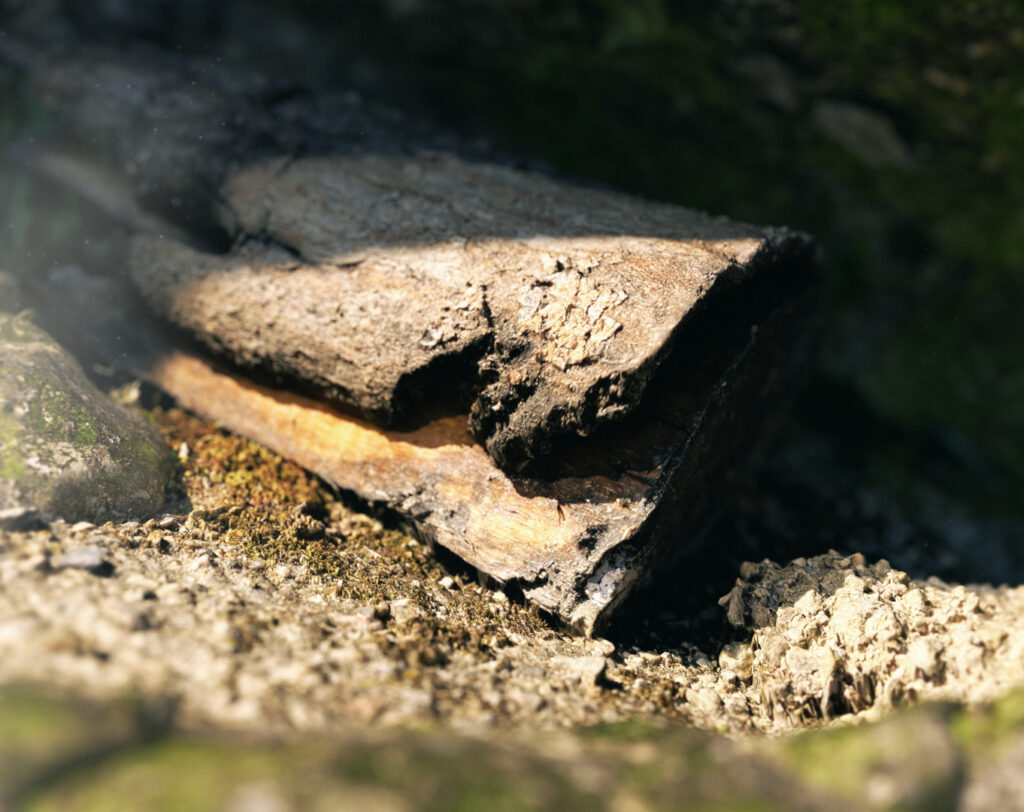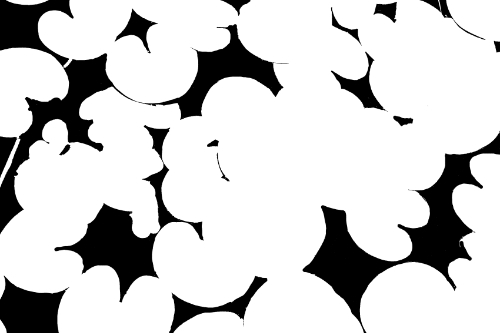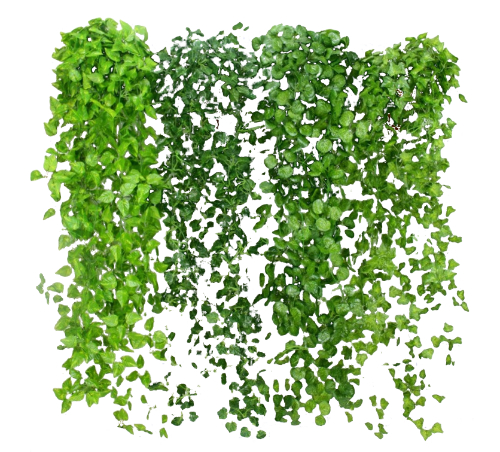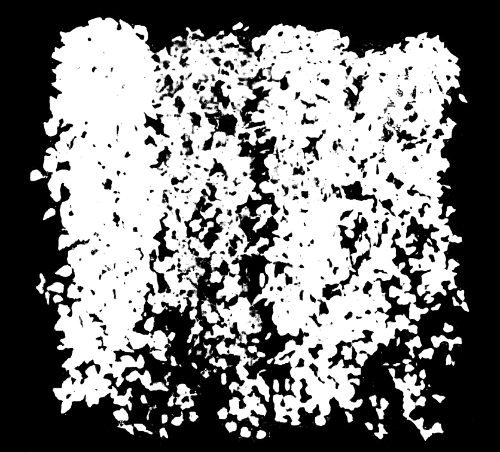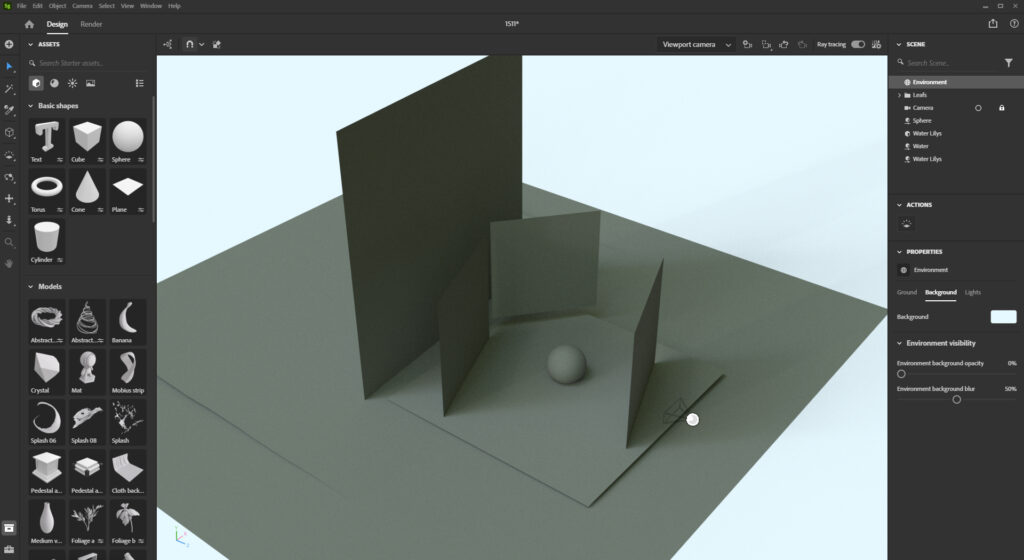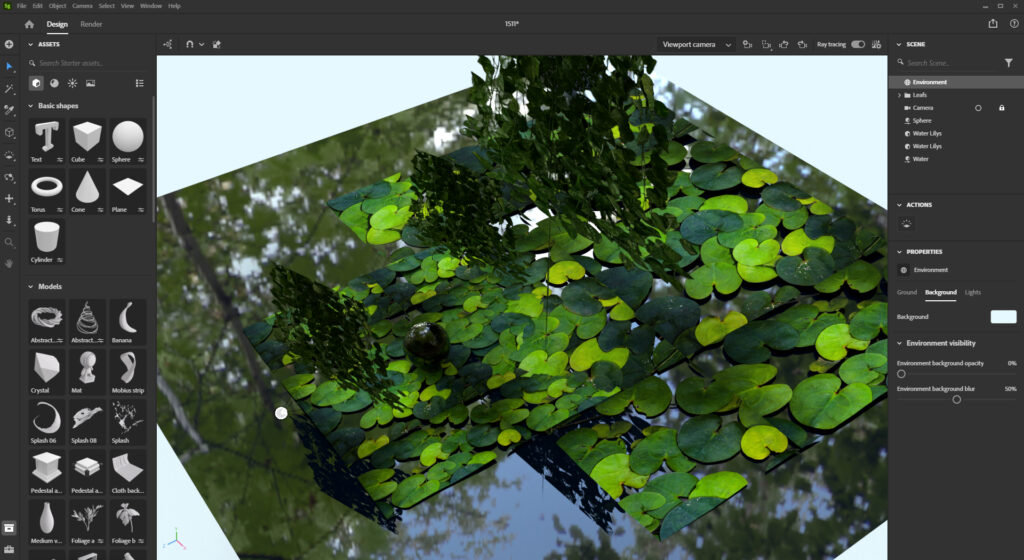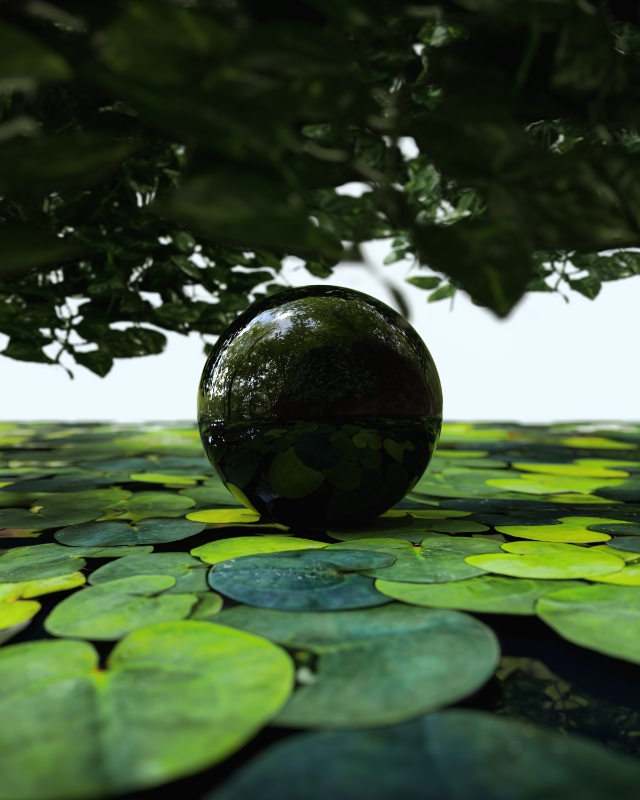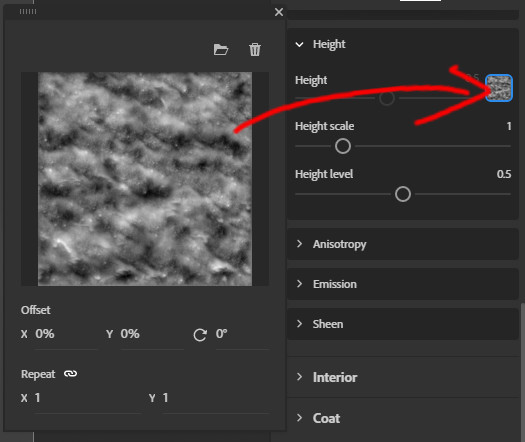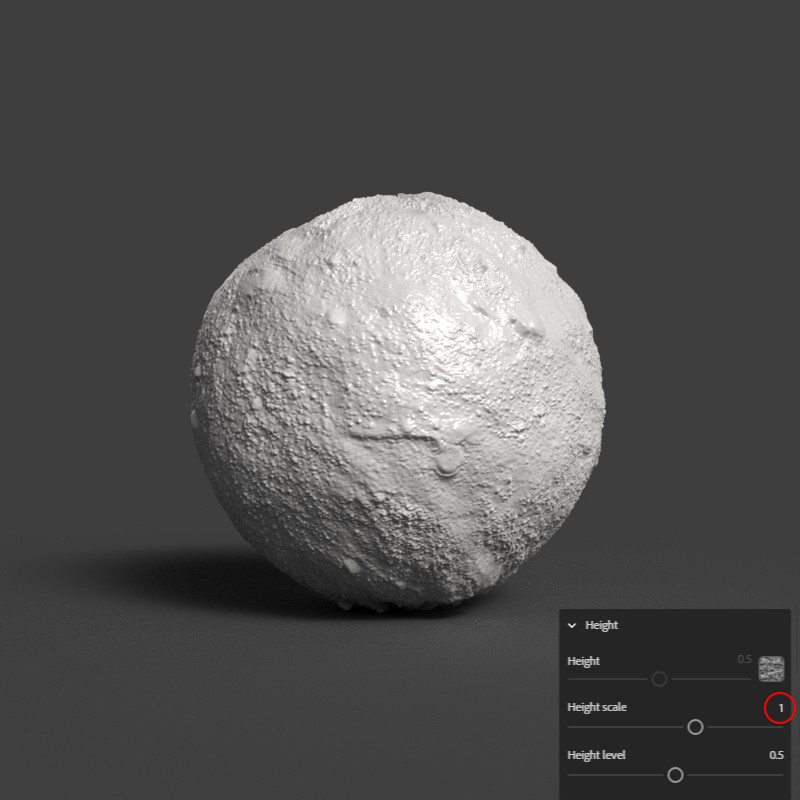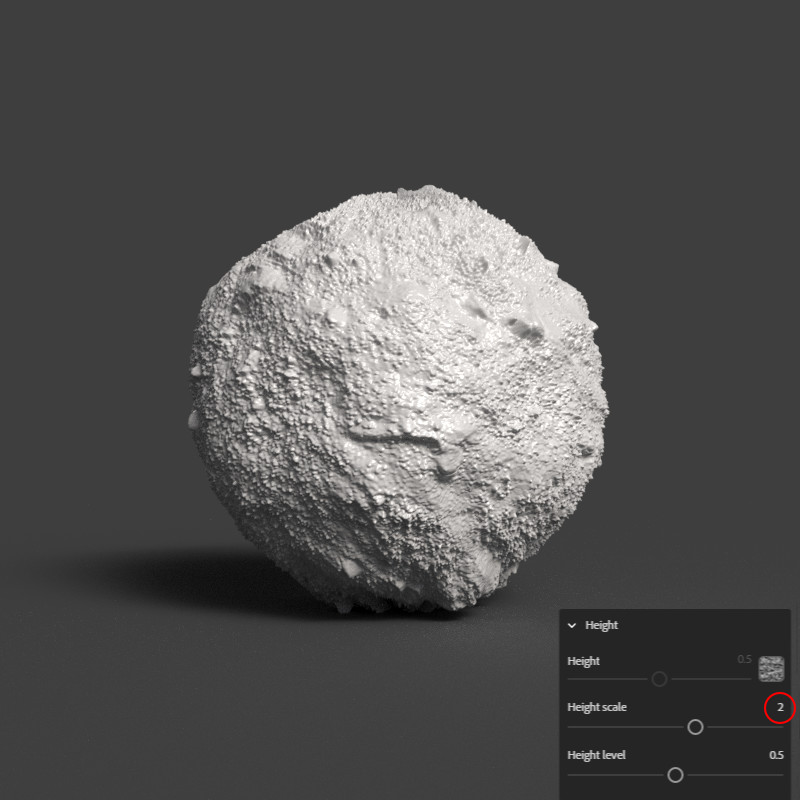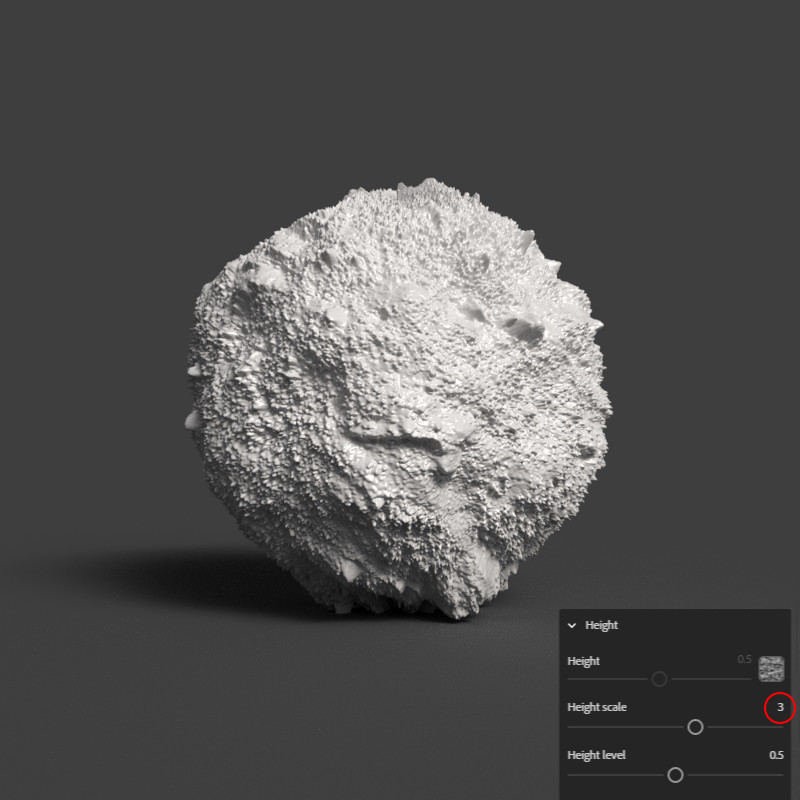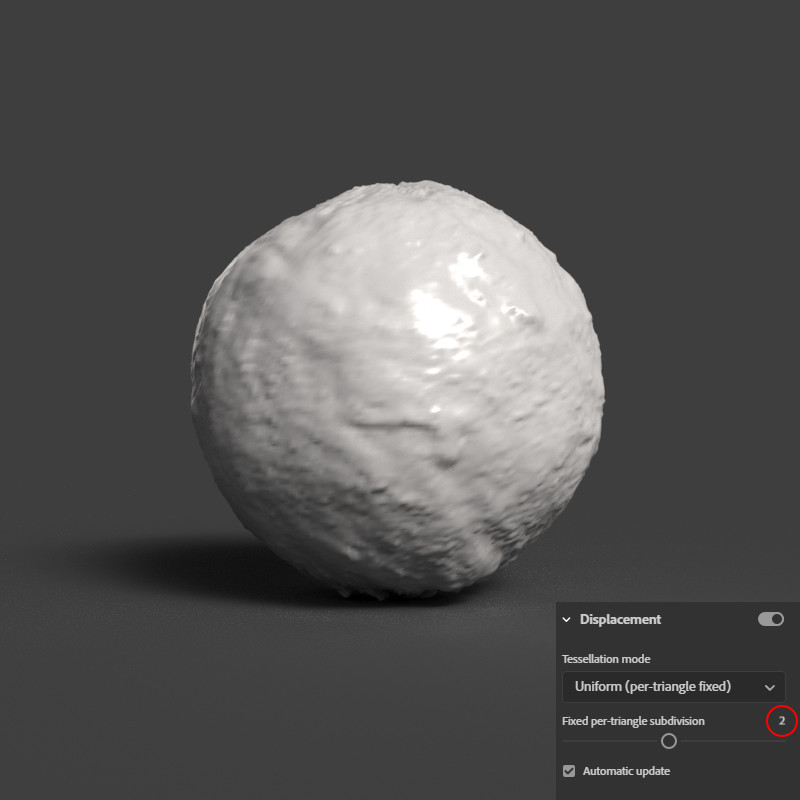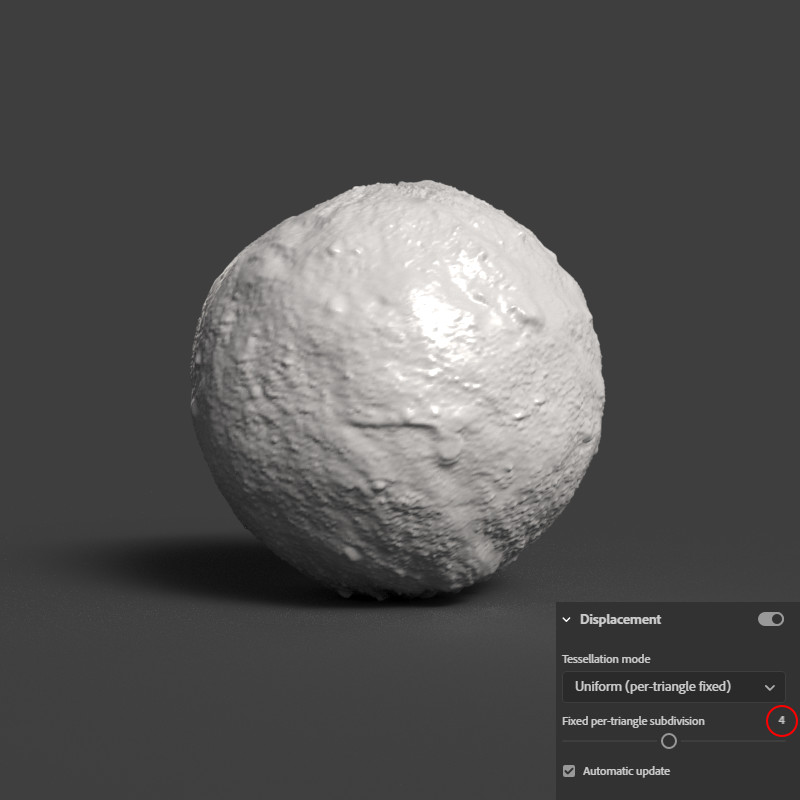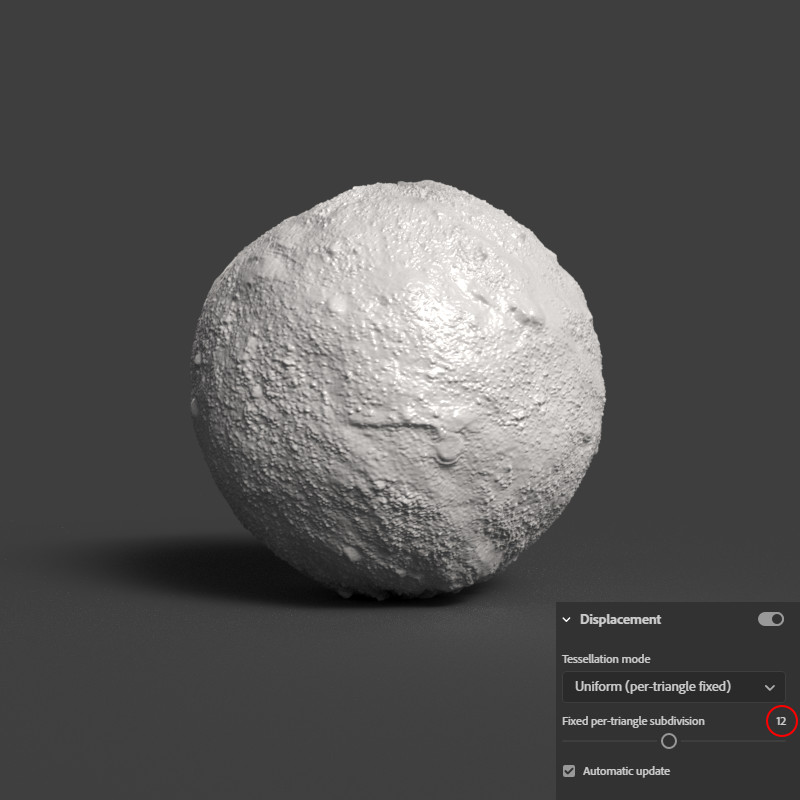Substance Sampler has a new beta feature which you can use to create realistic models by “scanning” them! All you need is your phone or camera, and take at least 20-30 photos from different angles of your object.
How to
As said, all you need is a camera and good lightning. Cloudy daytime has been the best time to scan when I’ve been doing it outdoors. In this example I scanned some chicken wings indoors, and even when the lightning wasn’t perfect I got quite good results.
You can tweak some settings in Sampler, so far I’ve been using pretty much the default settings on my scans and had good results. When you’ve enough images from differents angles (at least 20-30 in my experience), you should be good to go!
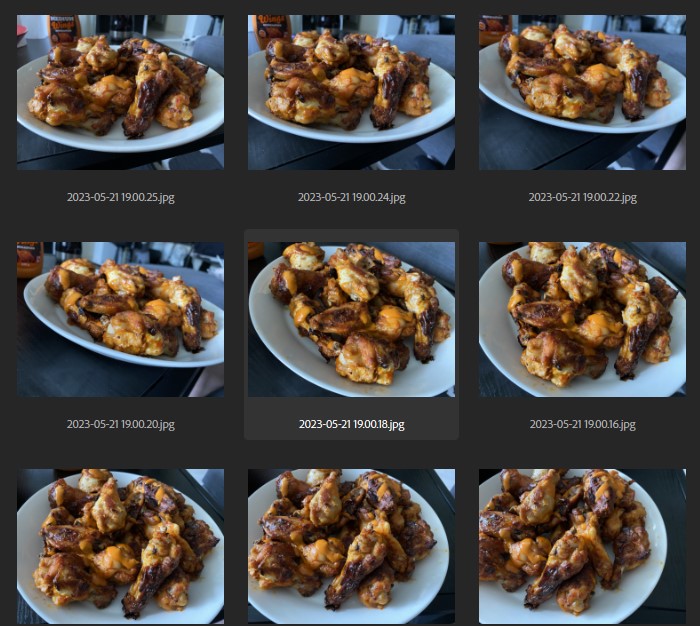
Only problem so far has been all the extra stuff Sampler took along in the process, and I had to clean up my mesh a bit later on. When scanning indoors you should take away any surrounding objects, this can be harder to do when scanning nature outdoors.
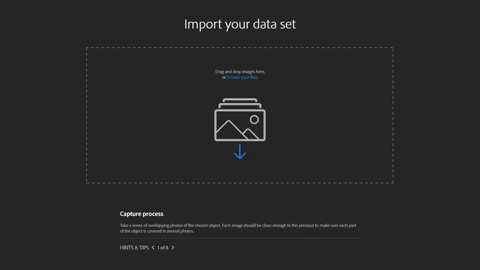
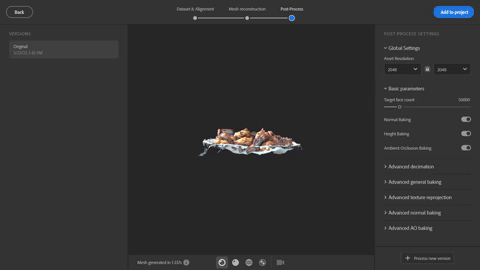
Finalized render(s)
I finalized my scan by rendering it in Stager. I didn’t need to do any texturing, just bit of depth-of-field and lightning edit. See below the results of this and few other scans I’ve made too. Thanks for reading!
